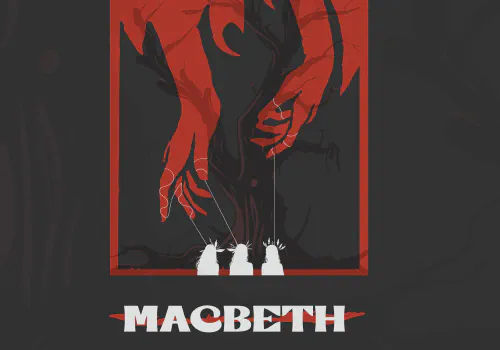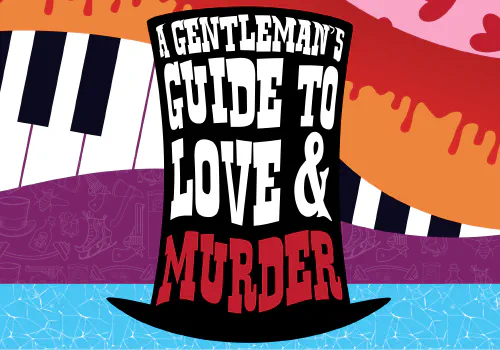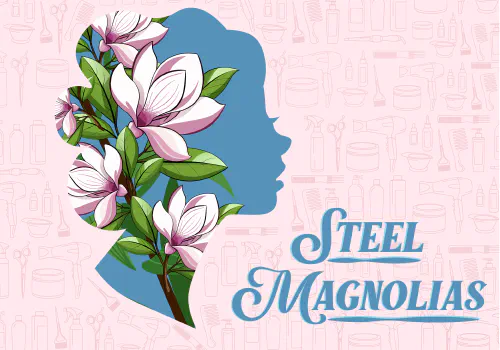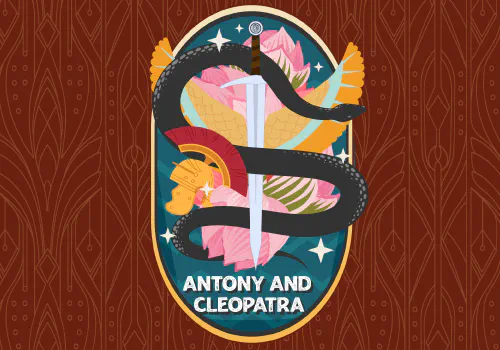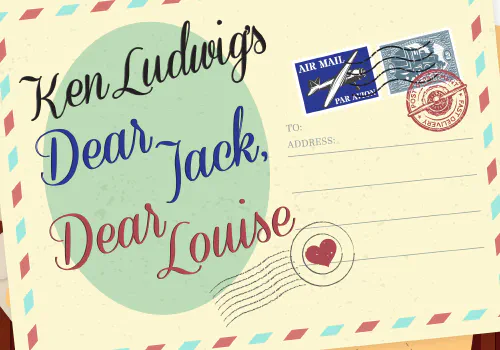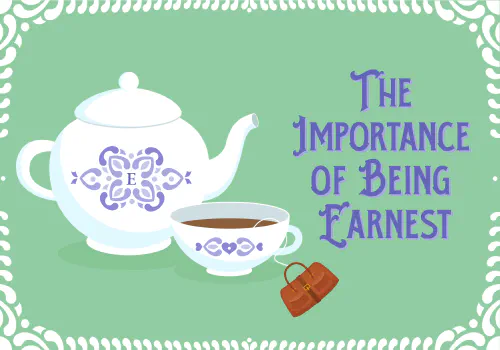OBJECTIVE
Students will discover their authentic playful self (the clown) and their unique relationship to the comic world. Through physical exercises, students will investigate their personal generator of fun and creativity culminating in a clown performance of an improvised 60-second song.
As master clown teacher Chris Bayes says so perfectly, “clown is a rediscovery of self. The playful self. The ferocious self. The vulnerable self. The artist.”
As a facilitator of fun, you should encourage students to be:
-
Louder than they think they should be
-
Take up more space than they think they should
-
Go “over the top,” which is an act of courage
A. The phrase “over the top” originated during WWI in reference to soldiers leaving the safety of their trenches to attack the enemy (https://www.nationalarchives.gov.uk/education/greatwar/g3/cs2/background.htm)
UTAH CORE STANDARDS
Standard T.P.4
Standard T.P.5
Standard T.P.6
INTENDED AUDIENCE
K-12 Students
TIME
55 minutes
MATERIALS
OUTLINE
The Origin of the ClownThe type of clown we are in search of is the one that Shakespeare would call the “natural fool.” These were people born with a physical or mental handicap and were chosen by the Kings and Queens to live with them in the castle. The court loved to watch them sing and dance about and were mesmerized by their sense of wonder, their child-like imaginations, and their naive logic. These innocents were kept close to the kings and queens because it was believed that they had a special connection to god. They were referred to as the “unfinished children of God” and keeping them safe would secure the royals a spot in heaven. The “natural fool” was eventually replaced by the “unnatural fool” or the court jester. These clowns were clever. They pretended to be like the “natural fools” but also told jokes, performed acrobatics, and played instruments. In this work we are trying to invite back in the innocent, child-like wonder of the natural fool. We cast aside the clever, good ideas and try to rediscover the simple, authentic, playful self. (Source: Bayes 83-85)
Dynamic Clowning Warm Up (15 minutes)
Purpose: Students will warm up the voice, body, and spirit in preparation for the discovery of the clown.
Key moments explained:
- “Open like a little flower” - opens chest (heart chakra) and introduces “silly little songs”
- Rolling the shoulders back and getting the knees up is an introduction to the happy body
- Rolling the shoulders forward, stamping the feet and yelling is an introduction to the body of anger
- Opening the face gets us closer to the body of wonder
- Inhale suspend until you get all the way up - connects the students to their breath and body of wonder
- Releasing down into laughter is an intro to the body of joy
- Releasing down into a cry is an intro to the body of sadness
- Opening the heart chakra is giving students permission to be vulnerable with one another
Exercise #1 Moving with Sound (10 minutes minimum)
Purpose: Help facilitate the connection between the body, voice, and emotion as well as introducing the “speed of fun”
Step 1: Instruct students to “take a little walk around the room”
- As they are walking, explain that they are all walking in a “natural rhythm” that tells the audience that “everything is fine”
- The natural rhythm does not belong on stage because there are no stakes. And without stakes, you kill all comic possibility.
Step 2: Have students lightly tap their hearts or pelvises as they walk
- Encourage students to investigate the question: “how do you feel right now?”
- Instruct them to use both their voice and body to explore that feeling
- What feels true to the moment RIGHT NOW? and how is that expressed physically?
Step 3: Have the students now explore the “Speed of Fun.” It’s definition is “faster than your worry and louder than your critic.”
- Have students repeat the definition faster and louder each time as they move more quickly and make more sound
- This will immediately raise the stakes and open them up to comic possibility
- Encourage them to move faster and louder as they discover their fun
- Optional: play different music and allow that to influence their sound and movement
Exercise #2 Hey what’s that? (15 minutes minimum)
Purpose: For students to make friends with their bodies’ experience of joy, wonder, fear, and sadness and introduce the idea that for a clown (like a child), change is only a breath away
Inhale = inspiration = discovery
Step 1: Instruct the students that they will spot something in the room, inhale with a little jump and point at the object. Then they will speak the following text: “Hey what’s that? I don’t know what that is. Oh yes I do!…
- 1st round: “that’s the funniest thing I’ve ever seen in my life” - then laugh - body of joy/ happy body
- 2nd round: “that’s the most beautiful thing I’ve ever seen in my life” - then sing a song to the object - body of wonder
- 3rd round: “that’s scariest thing I’ve ever seen in my life” - then try to get away from that object - body of fear
- 4th round: “that’s awful! That the most terrible thing I’ve ever seen in my life” - and have a good cry - body of sadness
Step 2: Have the students repeat new text: “Oh wait a second, thats not such a wah wah wah its a ha ha ha”
- And have them laugh and live in the body of joy
Option: You can extend the length of this exercise by staying with each round for a longer period of time. You can also turn this into a performance opportunity by inviting students to volunteer to share their mini scenes of discovery.
ASSESSMENT
60-Second Songs (minimum 15 minutes)
Purpose: Students will tap into their spontaneity, generosity, and fun through song
Step 1: Explain that students will sing an improvised song (title choices/ topics below)
-
- to the audience
-
- at the speed of fun
-
- without rhyming
-
- with a strong ending - “stick the landing”
It is not about their “best idea” but about going with their “first idea” instead of trying to “get it right” or impress the class
Step 2: Get a volunteer to sing to the class.
- Encourage them to sing rather than speak because singing opens them up into a more generous place
- Give them a warning when their time is almost up.
Step 3: Have other students share their spontaneous songs. Feel free to change the topics/ song titles
Possible Song Titles
- I love it
- I’ve had enough or I’m fed up
- What I dream of
- Yay for me! (song of celebration)
- I’m so funny
HOMEWORK
Keep the fun generator going….
- Spend the evening laughing more - longer and louder than is appropriate
- Sing little stupid songs i.e.“do I have to?,” “maybe I should stir it?,” or “where are my keys?”
- Make someone else laugh
They say that laughter purges toxins from the body and it boosts immunity.
So, the more you laugh, the more toxin you purge.
The more toxins you purge, the healthier you are.
The healthier you are, the longer you are going to live.
So laughing makes you live longer!
So make someone else laugh and you’ll have lengthened their life. And isn’t that a wonderful gift!
RESOURCES
This work is adapted from master clown teacher Chris Bayes. His book Discovering the Clown, or the Funny Book of Good Acting can be purchased here: https://www.tcg.org/Store/ProductDetail/7913197
TEACHER INFO
Contact me at stefanieresnick@gmail.com for more information about this work, for available online classes, or individual coaching sessions.




